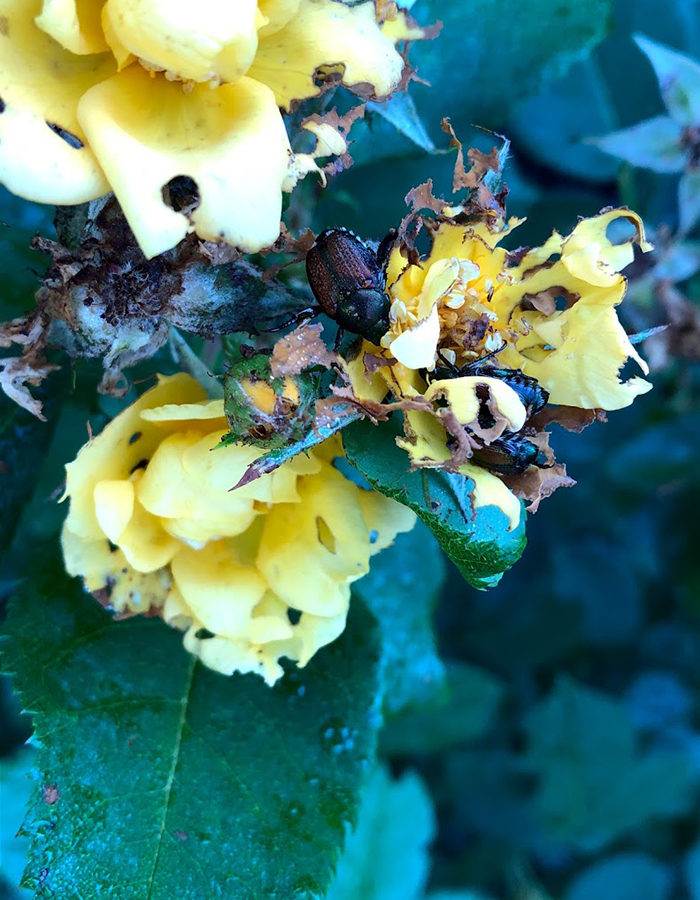
In the Midwest, gardeners are generally an optimistic lot. If consistent heavy rainfall is the topic of conversation, a typical response is, “At least the weeds are easy to pull!” Unbearable summer heat and humidity? “The corn is really growing! My tomatoes are going crazy.” During the depths of the polar vortex that swept through the Midwest in late January 2019, I remember waking to temperatures of –27°F and thinking, “Well, at least this must be killing some bugs off.” However, after repeated mosquito bites and sighting my first Japanese beetle (Popillia japonica), it was apparent that my dreams of a bug-free summer were not reflected in reality. PJ Liesch, director of the Insect Diagnostic Lab at the University of Wisconsin, helped me interpret how recent Midwestern weather trends may (or unfortunately, may not) have affected populations of our favorite insect pests.
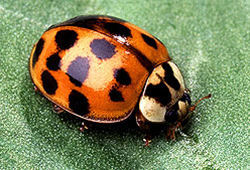
Most insects were unfazed by extremely low temperatures in January 2019. Common insect pests we encounter have been through countless polar vortex–like conditions over their evolutionary history, so this winter was no surprise for them. Household pests such as Asian lady beetles (Harmonia axyridis), boxelder bugs (Boisea trivittata), and brown marmorated stink bugs (Halyomorpha halys) are buffered by sheltering in human habitations, and insects that overwinter as grubs in the soil were protected in many locations by snow cover. There is one exception: emerald ash borer (Agrilus planipennis) populations, whose natural protective mechanisms against freezing fail at –13° F to –23° F, may have been set back.

Extended flooding and a wet spring in 2019 contributed to the proliferation of mosquitoes (Culicidae) and black flies (Simuliidae). These insects rely on rivers, lakes, or standing water to develop. Especially troublesome in fall of 2018 were floodwater mosquitoes, which lay eggs that can lie dormant for many years in low spots. When these low spots experience even temporary water inundation in the future, eggs are ready to develop into full-blown, biting adults. If wet conditions continue through summer 2019, it’s possible floodwater mosquitoes will be bothering us again. The cool and wet spring and early summer may also have hampered the activities of honeybees (Apis mellifera) and other pollinators. However, a cool spring also delayed the emergence of many insects. Japanese beetles may have been slower to show their faces, although now they’re happily munching away.
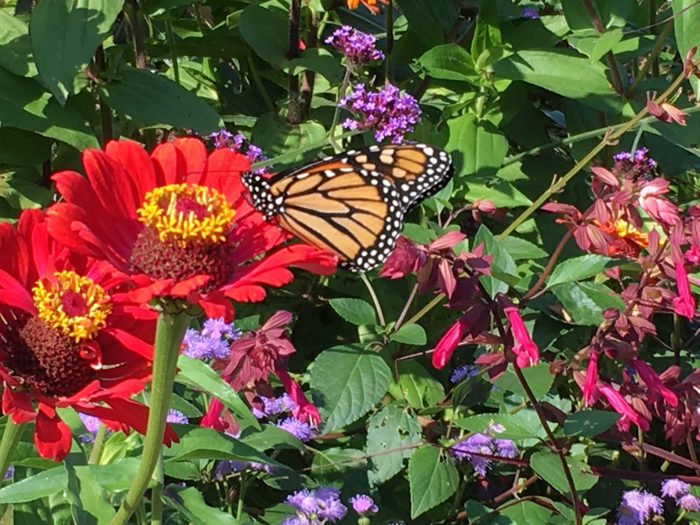
Can we go back to looking on the bright side? Wet conditions can lead to the development of other entomopathogenic, or insect-killing, fungi and bacteria. It’s probable that populations of gypsy moth (Lymantria dispar dispar) and boxelder bugs will be kept in check by disease this year. Spider mites (Tetranychidae), which thrive in hot-and-dry conditions, have not been problematic as of this writing. Counts of monarch butterflies (Danaus plexippus) overwintering in Mexico reflected the best numbers in years. First sightings and population estimates of monarchs migrating north this summer also reflect positive trends thus far.

Inquiries in the Wisconsin Insect Diagnostic lab also highlight gardeners’ awareness of milkweed (Asclepias spp. and cvs., Zones 3–11) and what is eating it. Gardeners growing milkweed are frequently reporting not only monarch larvae but other insects that feed on milkweed, such as milkweed tussock moth (Euchaetes egle).
We’d like to hope that some of the weather extremes that rankle us would put a dent in the numbers of our least favorite bugs. Unfortunately, with reports of the crisis facing insect populations worldwide, it’s expected that pest insects adapted to urban environments will continue to prosper, while more-sensitive insect groups such as butterflies and dragonflies will experience ongoing declines. We can support the good bugs around us with thoughtful garden practices such as planting for pollinators and avoiding insecticide use. So just keep picking those Japanese beetles, and look on the bright side—all you need to get them is a little soapy water!
For more information on insects in the Midwest, visit PJ Liesch’s Insect Diagnostic Lab blog, What’s Crawling in the Lab?, which is run through the University of Wisconsin–Madison’s Department of Entomology.
Erin Presley is a horticulturist at Olbrich Botanical Gardens in Madison, Wisconsin.
Fine Gardening Recommended Products

Fiskars 28" Power-Lever Garden Bypass Lopper and Tree Trimmer
Fine Gardening receives a commission for items purchased through links on this site, including Amazon Associates and other affiliate advertising programs.
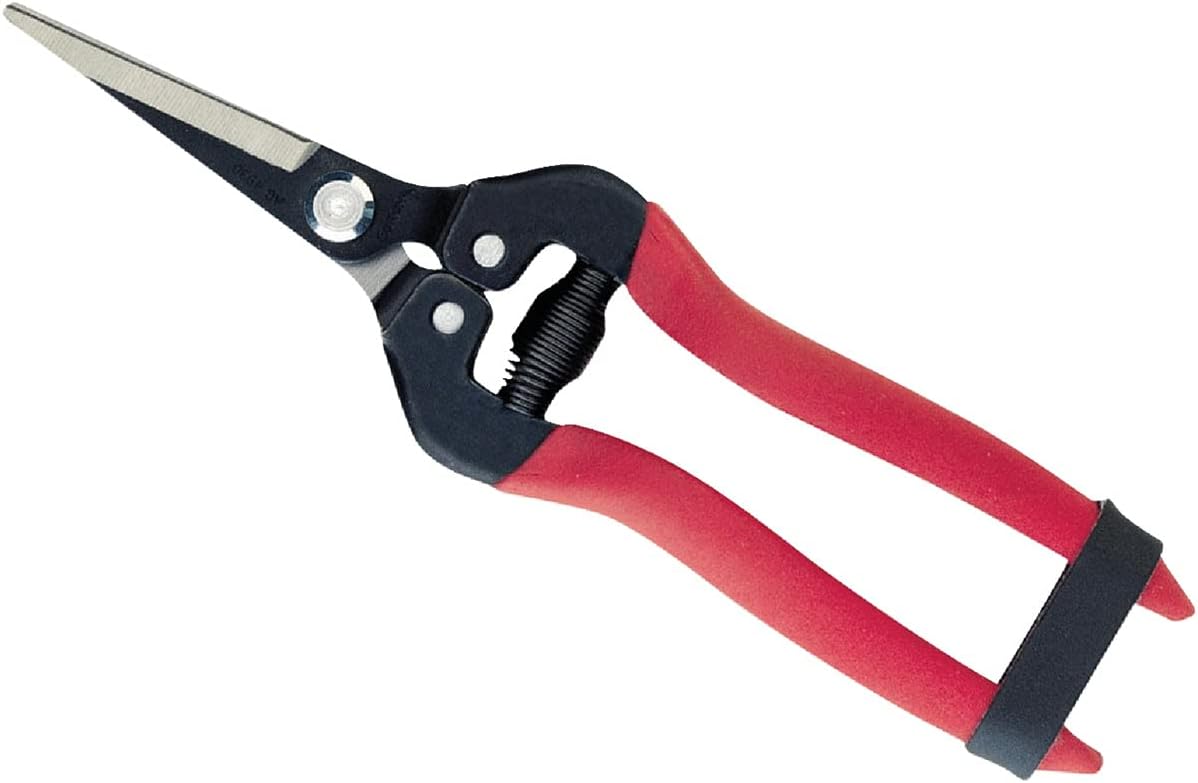
Corona AG 4930 Long Straight Snip, Tempered Steel
Fine Gardening receives a commission for items purchased through links on this site, including Amazon Associates and other affiliate advertising programs.

Gardena 3103 Combisystem 12-Inch To 20-Inch Adjustable Metal Fan Rake Head
Fine Gardening receives a commission for items purchased through links on this site, including Amazon Associates and other affiliate advertising programs.




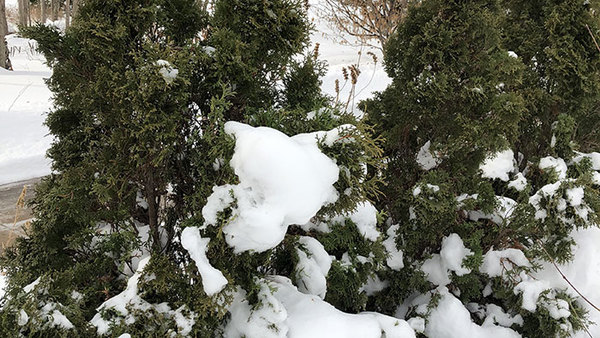














Comments
Log in or create an account to post a comment.
Sign up Log in